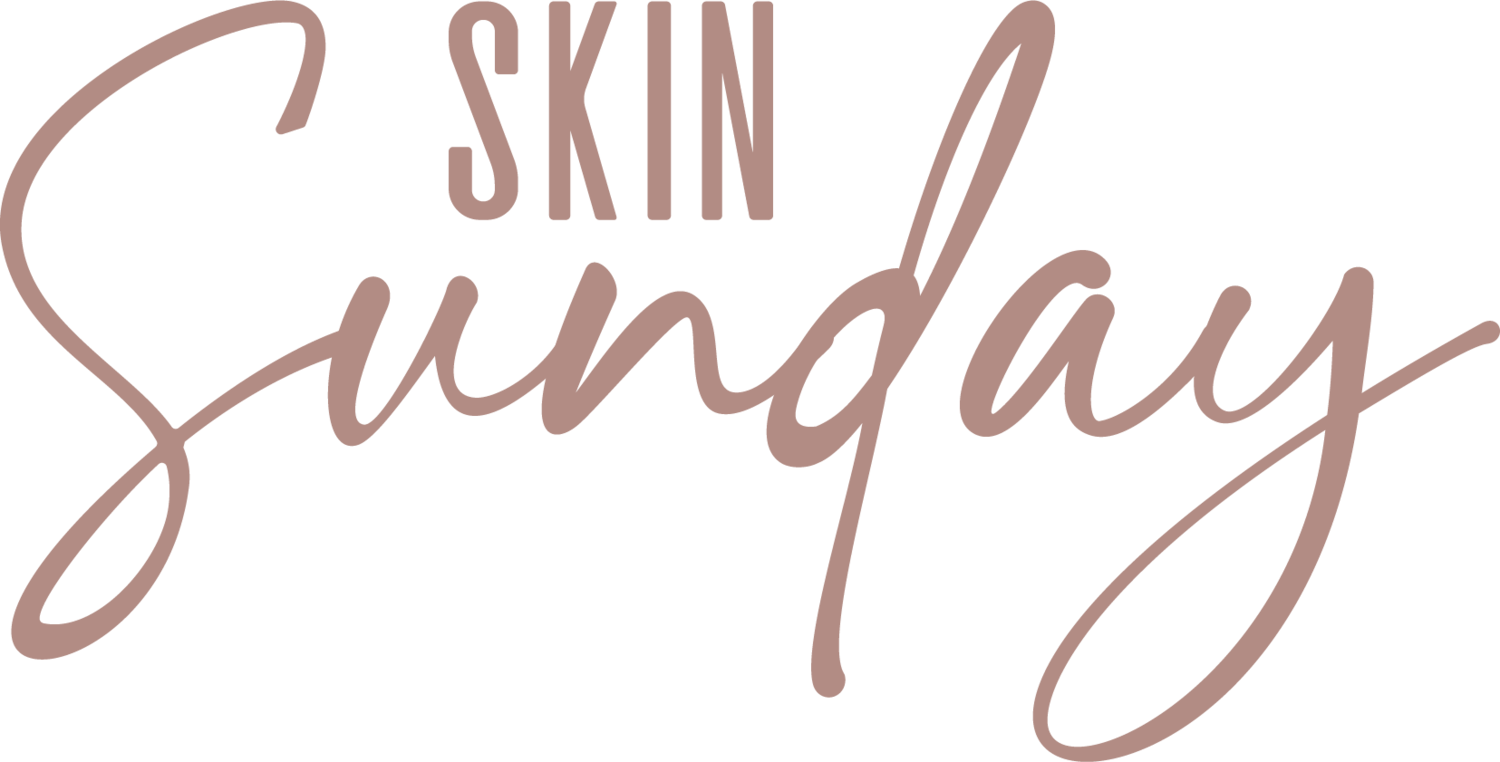Botox vs. Dysport: Unraveling the Differences for Effective Wrinkle Treatment
In the realm of cosmetic treatments, Botox and Dysport have garnered significant attention as non-surgical options for achieving youthful and radiant skin. These injectable neurotoxins work wonders by reducing the appearance of wrinkles and fine lines. While Botox has long been the preferred choice, Dysport has emerged as a worthy competitor. In this blog post, we will explore the key distinctions between Botox and Dysport, helping you make an informed decision when considering these treatments.
Understanding Botox and Dysport:
Before diving into the differences, it's important to grasp the basics of Botox and Dysport. Both Botox and Dysport are injectable treatments derived from botulinum toxin type A. They work by temporarily relaxing facial muscles, effectively reducing dynamic wrinkles caused by repetitive facial expressions. These treatments are highly effective against forehead lines, crow's feet, and frown lines, but are not suitable for addressing static wrinkles or sagging skin.
Differences in Composition:
Although Botox and Dysport share a common primary ingredient, there are slight variations in their formulation. Botox is derived from the bacterium Clostridium botulinum, specifically the botulinum toxin type A. Dysport, on the other hand, is sourced from a different strain of the same bacterium known as the Clostridium botulinum type A toxin-haemagglutinin complex. These differences in composition can influence their potency and effectiveness.
Units and Dosage:
A noticeable distinction between Botox and Dysport lies in the dosage and unit measurements. Dysport is typically more diluted than Botox, meaning that a higher number of units is required for equivalent results. Generally, 2-3 units of Dysport are equivalent to 1 unit of Botox. If you are accustomed to a specific number of Botox units, your practitioner may adjust the dosage when using Dysport.
Diffusion and Spreading:
Due to its slightly smaller molecular size, Dysport has the potential to spread over a wider area upon injection compared to Botox. This characteristic can be advantageous for treating larger areas, as it allows for a more widespread effect. However, it also means that Dysport may have a higher chance of affecting adjacent muscles, resulting in unintended muscle relaxation. Skilled injectors can manage this by employing specific injection techniques and adjusting the dosage accordingly.
Onset and Duration:
Onset and duration are areas where Botox and Dysport exhibit slight differences. Dysport typically has a faster onset, with noticeable results appearing within 2-5 days, while Botox may take 4-7 days to show initial effects. Both treatments generally provide results that last around 3-4 months. However, individual variations in metabolism and the treated area can influence the longevity of the effects.
Personal Preferences and Results:
The choice between Botox and Dysport often comes down to personal preferences and the expertise of your injector. Some individuals may find that they respond better to one product over the other or prefer the specific qualities of each neurotoxin. To ensure the best possible outcome, it is crucial to communicate your goals and expectations clearly with your practitioner.
Botox and Dysport are both effective in reducing wrinkles and achieving a more youthful appearance. While they share a common purpose, differences in composition, dosage, diffusion, onset, and personal experiences set them apart. Consulting with a qualified practitioner will help you navigate these choices and select the most suitable treatment for your specific needs. Embrace the wonders of medical aesthetics and regain your confidence with Botox or Dysport!

